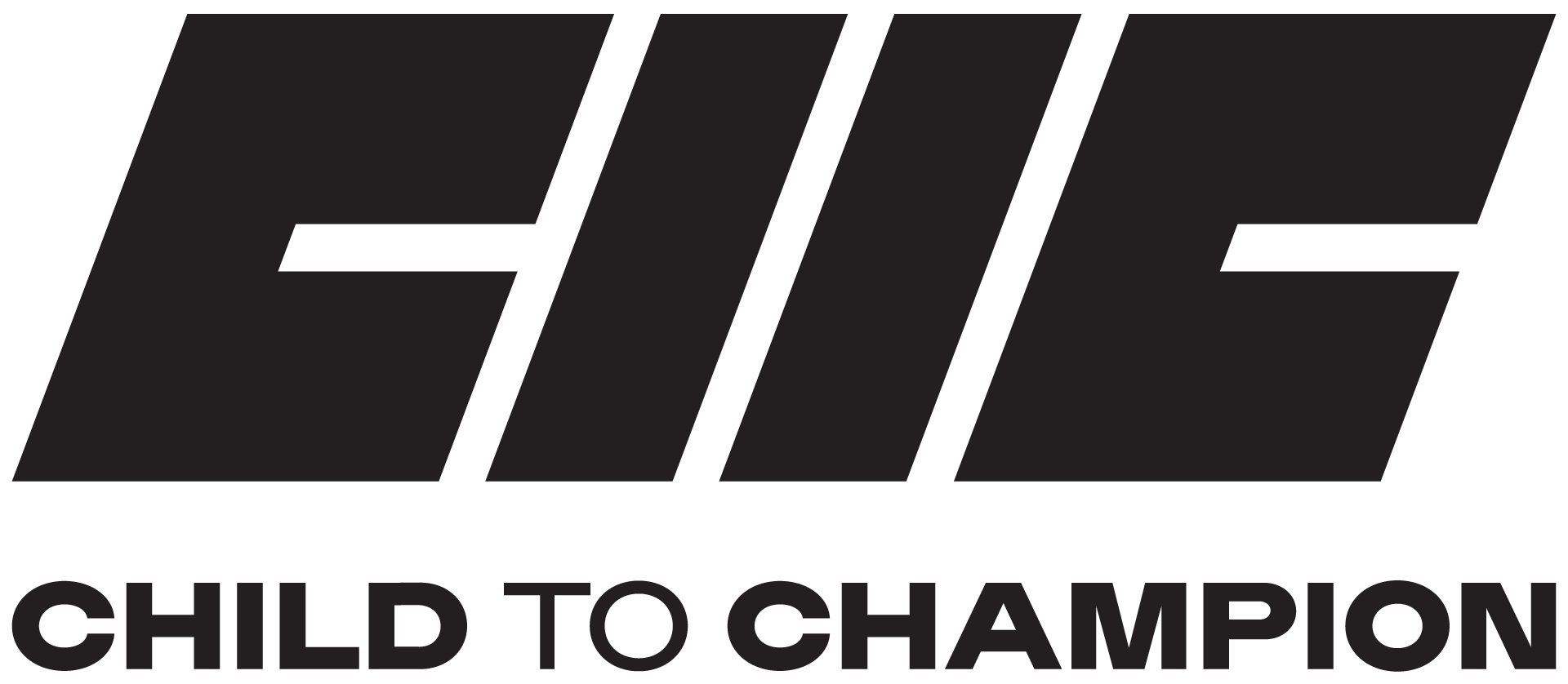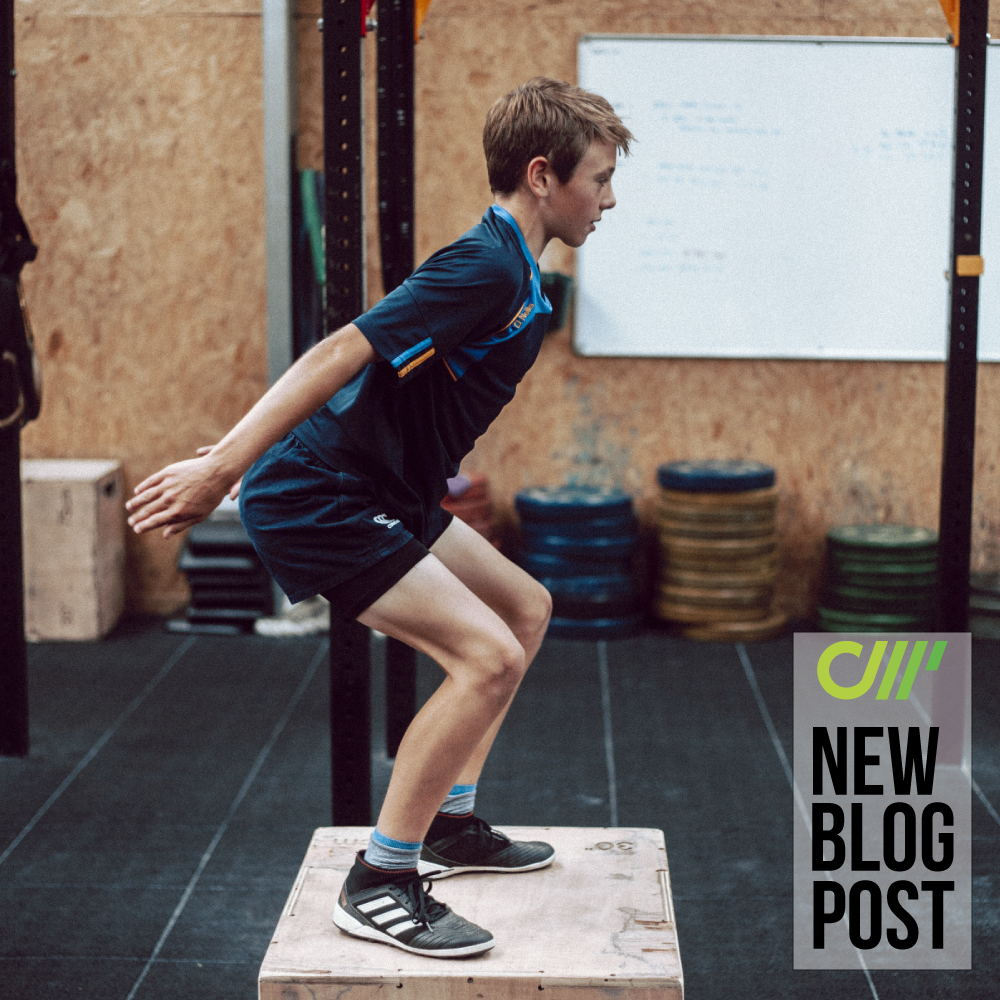Why do Young Athletes Need to Future Proofing?
Today’s children have swapped time outdoors for time in front of screens & even those participating in sport appear under increasing pressure to be the next big thing. Sadly, drop out rates in sport, whether it is a result of leaving the structured environment of school P.E lessons, or simply from burn out, are staggering. Regardless of how good a child is in their given sport, often times the sad reality is they will not make it to an elite level…so what happens then?
To prevent your kids from burning out, or simply dropping out of sport/physical activity altogether they need 3 things:
1. Appropriately developed perceptual motor skills
2. A wide base of fundamental movement skills
3. Appropriate levels of strength
Today’s blog will look to introduce the perceptual motor skills, which kids should be developing between the ages of 6-10.
Developing Perceptual Motor Skills: The Why
Perceptual motor skills are a fancy way of describing your body’s ability to interpret its surroundings and using this information to initiate a movement response. The better your ability to take in information from your surroundings, the better your ability to initiate an appropriate movement in response.
The brain undergoes rapid development prior to puberty, which makes it a prime opportunity for your child to develop their perceptual motor skills (Behringer et al 2011).
However, it is worth considering that elite athletes are often better at perceiving and filtering key information in their sport than their sub-elite counterparts. Whilst starting at a younger age may give your child an advantage, these are skills that even world class athletes look to constantly refine A prime example of this is tennis legend Roger Federer in this warm up here.
In order for your child to select the right movements, they need to interpret feedback from their body.
In previous generations a lot of these perceptual motor skills were developed through play:
· ‘When I roll down a hill I feel dizzy and must figure out how to balance and stand upright’
· When I hang from a tree branch…my muscles must learn to stabilise my joints
· When I walk across a log, I must use my visual focus to maintain my balance
Due to a combination of technological innovations, safety concerns and other factors, children are playing less and less, which means strength and conditioning coaches, physical education programs and you as parents have a critical role to play to help build this foundation.
The trainability of physical qualities, such as speed, strength, and movement efficiency, are built upon a foundation that requires proper integration of the various senses, such as vision, balance and spatial awareness.
A child who cannot process relevant information (for example, where the ball will bounce in tennis) will struggle to initiate the appropriate movements in response.
If you child has poor perceptual motor skills they can become easily frustrated with sport and may soon disengage entirely from physical activity.
Developing Perceptual Motor Skills: The How
From a coaching perspective, you should always start with the goal in mind, otherwise known as reverse engineering (see slide 15 of Ian Jeffery’s presentation on reverse engineering). When you know what you are trying to achieve from a movement perspective you can work backwards to appropriately plan your session.
For example, let’s say the movement goal you are targeting is simply to get your young child to catch a ball. Since the part of the eye that helps a child develop their visual processing ability does not develop fully until about the age of 7, this can make it more difficult for kids to visually track objects, making tasks like hitting or catching a ball much harder.
A regression of catching a ball could simply be to visually track and strike an object that is bigger, more colourful and moves much slower…such as a balloon.
As part of a group setting, the children involved are now developing:
· their ability to visually track
· their awareness of how much space their body takes up (body awareness)
· their multidirectional movements (directional awareness)
· an understanding of how much force they need to apply (tactile awareness).
Movement puzzles, such as run the gauntlet, force kids to come up with their own solutions, and can improve problem solving and cognition.
In order to set up a movement challenge for your child, a good place to start is by giving your child a task, and providing guidelines/constraints (NOT RULES, it is very important to let your child figure it out) as to how to complete it.
If you have worked with kids you will understand they have a much better imagination than us adults, so the guidelines/constraints should simply aim to keep the kids safe, engaged, and ultimately not overwhelm them.
Integrating the senses into your children’s physical activity is about much more than improving their perceptual motor skills for sport.
The ability to visually track an object helps your child’s visual focus, which is also involved when tracking words across a page (aka..reading).
Your child’s ability to use auditory awareness and interpret rhythm (temporal awareness) is not just important for sports such as dance or gymnastics, but can help kids read and communicate better, since reading paragraphs and understanding speech both have rhythms to them.
These brief examples help explain the numerous studies that have found strong links between physical activity in children and academic performance in school (for further information on this I would highly recommend Tim Anderson’s Bullet Proof Your Body)
Developing Perceptual Motor Skills: The What
And what about future proofing youth athletes and improving sporting ability? What does developing the perceptual motor skills have to do with any of it?
If your child cannot understand where their body is in time and space…then orientating their body around a ball to strike a ball in the right way will be a struggle (body awareness, proprioceptive awareness).
If your child does not understand how to differentiate left from right (and this is much more common than you think)…then teaching your child how to mirror and match their opponent’s movement in team sports will be a struggle (directional awareness)
If your child does not understand how much space their body occupies…then teaching them how many steps they need to take to reach a ball in tennis will be a struggle.
If your child has no sense of timing or rhythm… good luck teaching them the rhythm required for effective sprinting (learn more about our speed academy here).
If your child cannot visually track objects…then teaching them how to hit or catch the ball will be a struggle (visual awareness), as will the skill of reading, which requires your child’s eyes to track from left to right.
If your child’s balance (vestibular) system is under developed, then skills like surfing or the extreme positions required elite tennis players are much more likely to lead to injury and it will also mean they probably have a harder time sitting still which will has a negative impact when it comes to being in a school environment.
If your child’s ability to interpret sound is underdeveloped they may struggle to process direct and indirect auditory cues. As well as the obvious implications of understanding a coach’s instructions, this may also impact their ability to learn in school.
Your child’s ability to respond to touch is not only necessary for competitive instances, such as wrestling, but is also required in instances of cooperation such as dance. An inability to respond appropriately to touch can lead to outbursts from children.
Developing Perceptual Motor Skills: Putting It Altogether
As with anything, it is best to start of simple, before complicating matters.
Whilst combining these perceptual motor skills can be easy to do, using movement games or obstacles courses… attempting to combine too many in one game may overwhelm a child.
Simply tweaking games to challenge the senses in a different way is enough:
· Rather than pointing to a given direction, you can use an auditory cue (link to rats and rabbits).
· Using larger, more colourful balls to encourage your child to visually track objects
· Use animals (cheetah, rabbit, elephant) during game play to help children select different tempos (temporal awareness).
Often times winning and losing may come at the expense of developing movement skills. Strategic play, or progression through play can help improve your child’s confidence in their own movement skills, and since there is no one way to do it, your child will be using their problem solving ability to move their body through time and space.
If you start with the perceptual motor skill you are trying to develop, as an imaginative coach, parent or child…you have limitless options to lay the foundation for the fundamental movement skills, and help future proof youth athletes.
Next week’s blog will discuss these fundamental movement skills, and their role in helping your child be healthy, happy and confident with physical activity throughout their life.
Conclusion:
· Expose young children to a variety of movement challenges
· Use a variety of coaching cues, including auditory, visual, kinaesthetic etc
· Let the game be the teacher, use movement puzzles to help your child problem solve
References
Behringer M, vom Heede A, Matthews M, and Mester J. Effects of strength training on motor performance skills in children and adolescents: A meta-analysis. Pediatr Exerc Sci 23: 186–206, 2011
About The Author
Todd Davidson is a UKSCA accredited Strength and Conditioning Coach currently working at Downe House school, in charge of the scholarship athletes\’ strength and conditioning program whilst introducing athletic development into the P.E curriculum.Todd\’s current interest on youth athletes was sparked by gaining experience with University, Paralympic and Olympic athletes as part of his internship roles with Duham University, Middlesex County Cricket Club and the English Institute for Sport, with GB Boxing and Paralympic Table Tennis, and speaking to other practitioners as to how this journey can be scaled more effectively to reduce injury risk, enhance performance and improve athletic development in youth athletes.
Todd can be found via:
Twitter: @todddavidson93
Facebook: search Todd Davidson P2P coaching
Instagram: @ToddDavidsonP2Pcoaching
#block-a8fdb1ac7efc193814ca {
}

